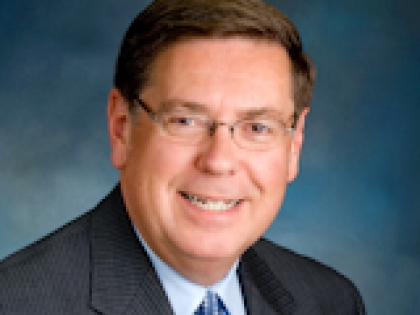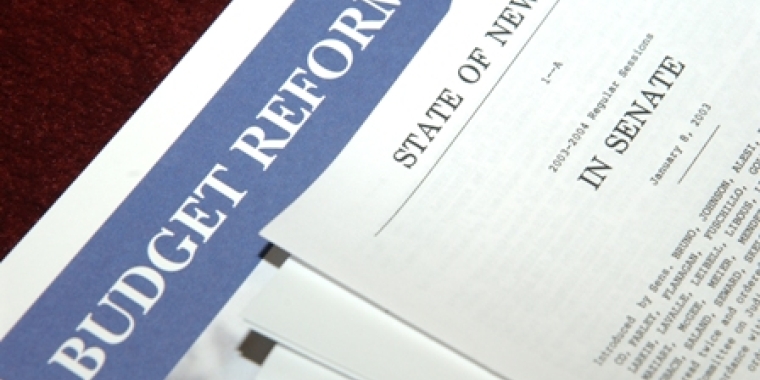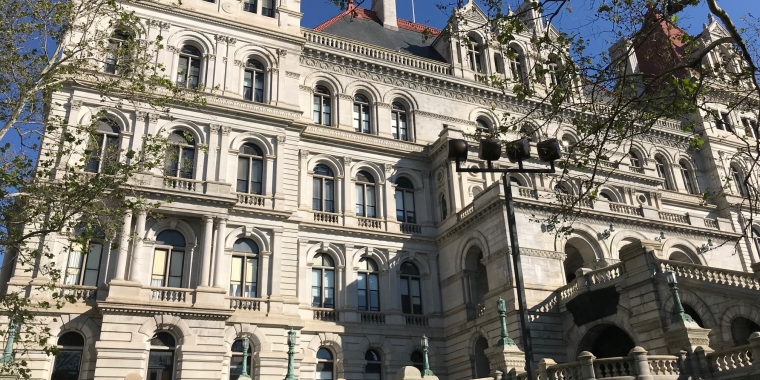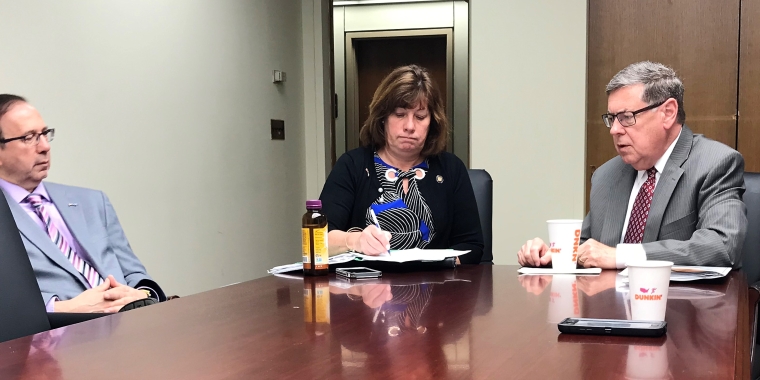
Renewed Budget Transparency Needed
James L. Seward
November 11, 2010
-
ISSUE:
- Government Operations
- Budget

With Election Day now behind us and the political campaigns ended, it is time to get back to the people’s business. Certainly, there is a great deal to be done.
New York State’s fiscal health must be considered a top priority. While this is not a new revelation, it was reinforced by the latest spending and revenue report from New York State Comptroller Thomas DiNapoli. According to the comptroller’s report, revenue for fiscal year 2010-2011 will be $943 million lower than expected and spending will be $288 million higher. Simply put, the state budget doesn’t add up.
This is one of the problems with a state budget which was concocted behind closed doors by three so-called power brokers, all from the same party and all from New York City. The secret meetings and inside deals left us with a budget that, for a second straight year, raises taxes and fees on every aspect of our lives, and hikes spending to record levels. Compounding the issue, the budget is clearly unsound and adding to the state’s growing deficit.
This economic nightmare further confirms the need for complete transparency during the budget making process. For a number of years, conference committees, made up of rank and file lawmakers, met openly to collaborate on a final budget agreement. The process worked so well that in 2007, the process was formalized and adopted into law. The 2007 Budget Reform Law requires the use of bi-partisan conference committees to fully evaluate spending proposals and negotiate a budget in full view of the public.
In 2008 the process was put to the test when then Governor Spitzer was caught up in scandal and resigned in disgrace. Lieutenant Governor Paterson was called upon to take over the reins of state government and help broker a final budget agreement. Despite the extraordinary circumstances, the senate was able to finish work on a budget prior to the April 1st deadline, and through the effective use of conference committees, a final spending plan was adopted just a few days late; proof that the system works.
Along with allowing the public to see exactly how their tax dollars are being spent, the conference committees also offer an opportunity for a genuine vetting of proposed budgetary practices. Surely, a full public debate would have shed light on the fiscal tricks and gimmicks that have been employed over the last two years to produce so-called “balanced budgets.” Then, instead of waiting until after the fact, more realistic plans could have been produced.
New York is facing a real fiscal nightmare and we cannot get by on smoke and mirrors. Spending priorities and affordable revenue sources need to be on the table for an open and frank discussion. The governor-elect has clearly stated, both before and after Election Day, that he will not support new taxes and that state spending must be reduced. I am pleased to hear him say that because these are themes I have espoused for some time.
Moving forward, I stand ready to work with the governor-elect and am hopeful he will strive toward genuine spending restraint and meaningful tax cuts. For upstate residents, property taxes must be taken into account immediately. Homeowners and small businessmen alike feel the pinch every day because of the ever-rising, disproportionate property tax burden. New York state must also become more active in assisting the business community. Incentives to aid in job creation are needed now; otherwise headlines with reference to businesses moving out of state or going under will continue.
Of course, all of this brings us back to the state budget. The secret, closed door budget process employed over the last two years has failed. I am hopeful that transparency and accountability will be restored in 2011.
#####



